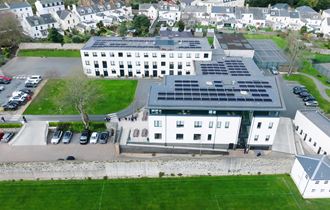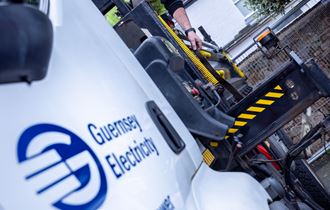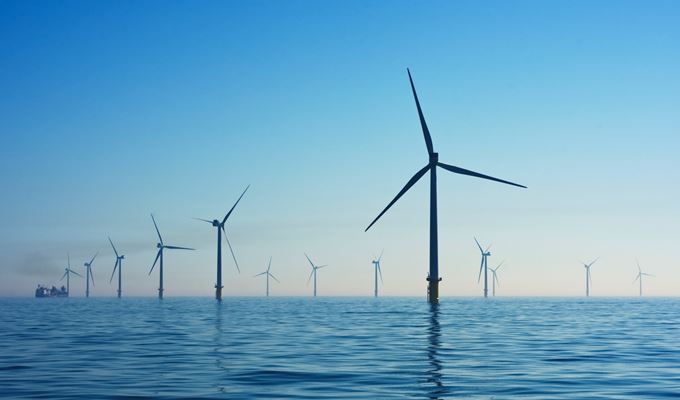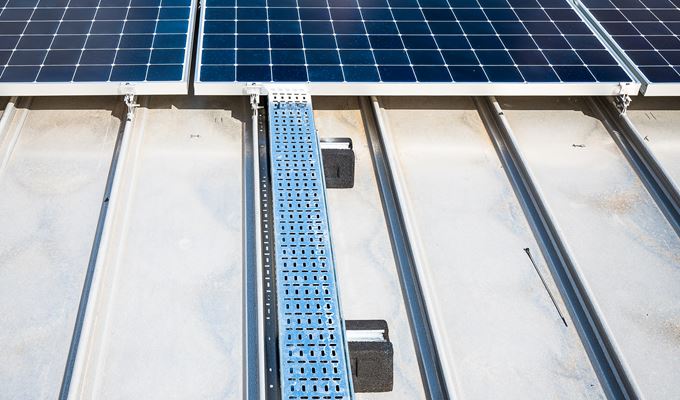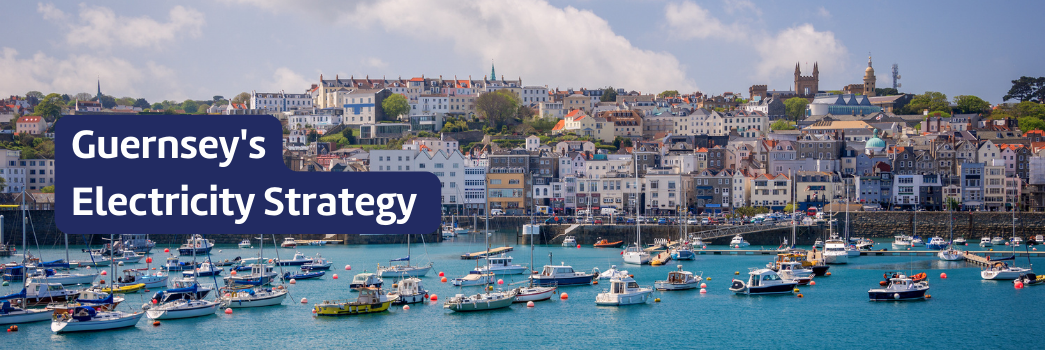
Powering the Future
Electricity plays a fundamental role in the global journey to decarbonisation and a carbon neutral future. We have made great progress, but to maintain the momentum towards net zero, we need to act fast to provide the best possible solutions to suit our island’s needs.
Consumers are choosing electric transport, choosing to install solar arrays and choosing to replace their gas boiler with electric. The technology is becoming more readily accessible and we, as consumers, more than ever before, want to play our part in the energy transition.
-
![]() From industrial past to renewable futureWe have been operating for over 100 years, moving from local generation of power from coal, and later oil, to investing in cables to connect into the grids in Jersey and France through the Channel Island Electricity Grid.
From industrial past to renewable futureWe have been operating for over 100 years, moving from local generation of power from coal, and later oil, to investing in cables to connect into the grids in Jersey and France through the Channel Island Electricity Grid. -
![]() Community SolarWe believe that everyone in Guernsey should be able to use and benefit from renewable electricity. Guernsey Electricity has installed some of the largest solar arrays installed in the Channel Islands.
Community SolarWe believe that everyone in Guernsey should be able to use and benefit from renewable electricity. Guernsey Electricity has installed some of the largest solar arrays installed in the Channel Islands. -
![]() Preparing our NetworkGuernsey’s on-Island power grid is the infrastructure that is key to delivering the low carbon energy future for Guernsey and every customer’s growing electricity needs.
Preparing our NetworkGuernsey’s on-Island power grid is the infrastructure that is key to delivering the low carbon energy future for Guernsey and every customer’s growing electricity needs. -
![]() Power Life for LessThere are ways to save on electricity, without costs or cutting down on usage, take a look below.
Power Life for LessThere are ways to save on electricity, without costs or cutting down on usage, take a look below.
Our unique island provides unique opportunity, but it also presents unique challenges.
We used to rely on our fossil-fuelled power station for ALL our electricity. Now, the 60MW subsea cable connecting us to Europe is our primary source of electricity.
This has delivered a 37.5% decrease in Guernsey's emissions from 1990 levels. But we still have some way to go before Guernsey is net zero.
Guernsey currently uses between 30MW (megawatts) and 90MW of electricity throughout each day.
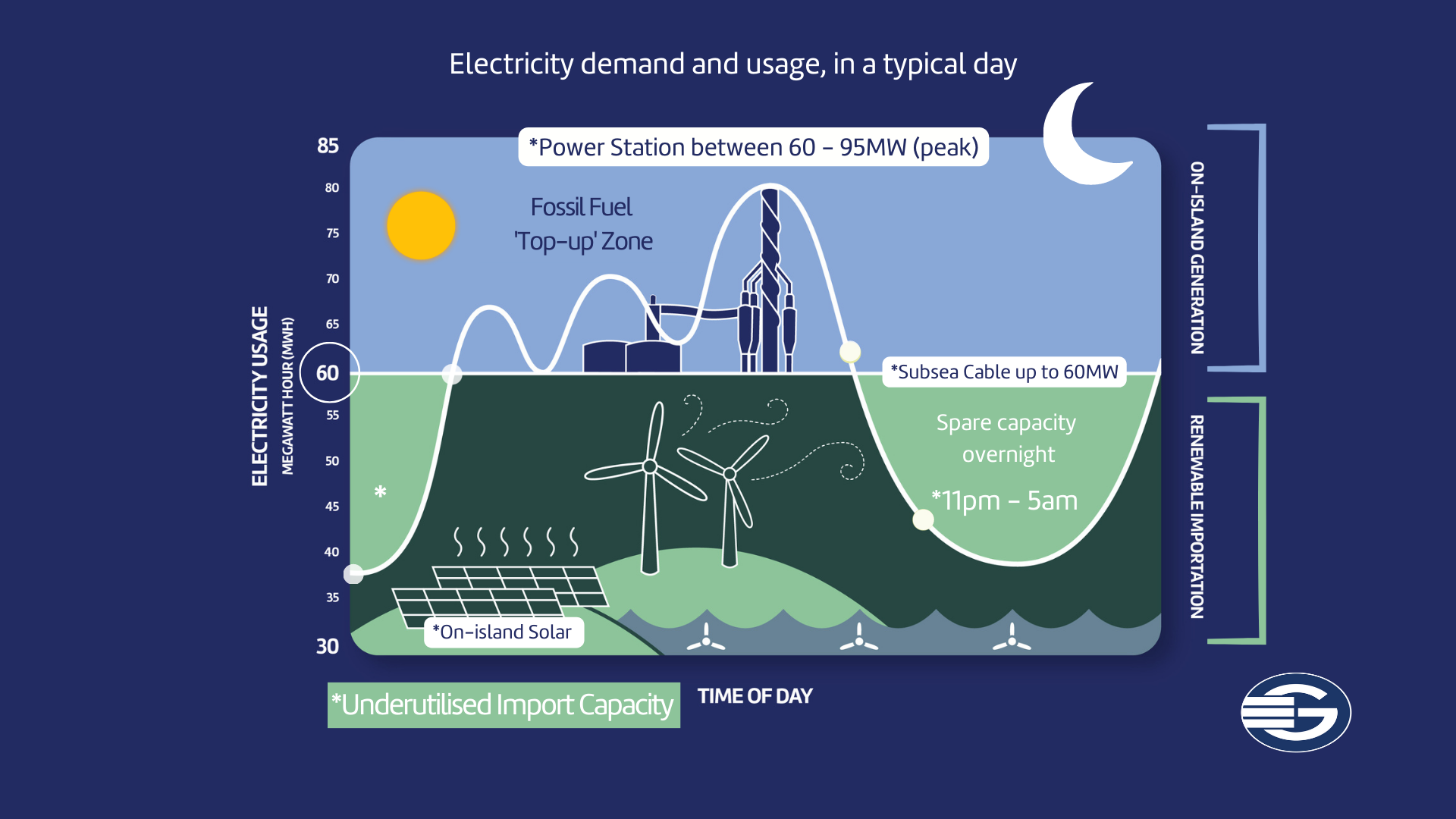
Powering life in off peak* is an easy way to reduce electricity bills and local carbon emissions. We’re encouraging islanders to shift some of their electricity usage to between *11pm and 5am, when demand is lower.
Demand is predicted to increase.
With 'Peak' demand expected to reach around 150MW by 2050, the Electricity Strategy will define how we power businesses, keep the Wi-Fi on and our homes warm in a sustainable way.
Phasing out petrol vehicles and fossil fuel heating, means the phasing in of electric-powered alternatives. At the moment, this would mean using the power station more. So, the question is, how should we meet this demand?
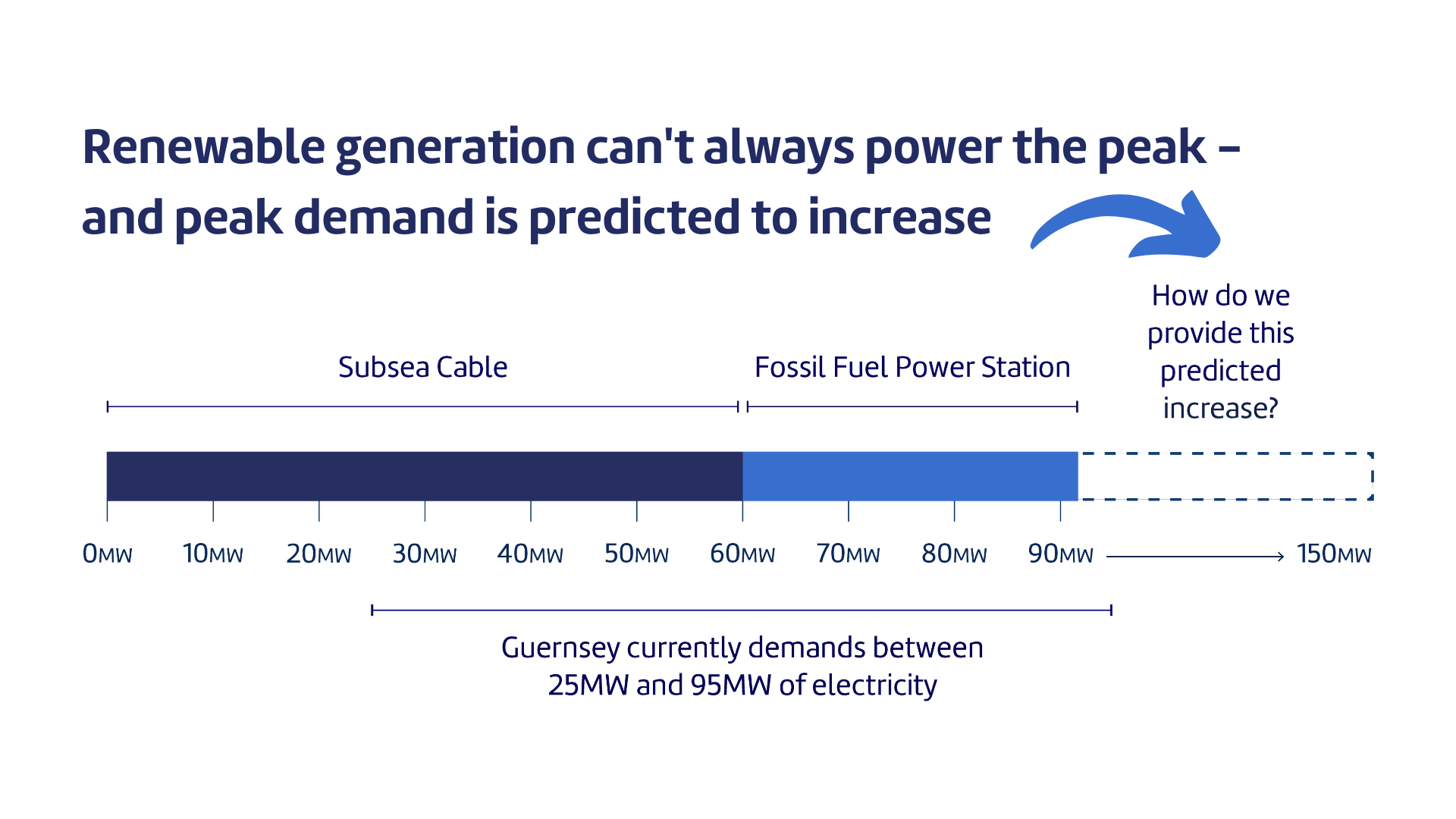
Future Electricity Generation Sources
-
Solar
Whilst one of the more advanced technologies, the intermittent nature of solar energy (only generates in the day) limits the reliability. On very sunny days, Guernsey would generate too much, so we would need batteries or to ability to export via a subsea cable.
To provide 70 Megawatt (MW) of electricity from solar, 175,000 solar panels are required and each MW requires about 2.5 acres of space.
-
Wind
Wind energy is commercially viable, and research has shown a promising local resource for an offshore development. Consideration would be needed around impacts to the environment, fisheries and shipping for example. The fluctuation in wind would require battery storage or a second subsea cable to export energy.
-
Wave
Technology is still developing, and waves are an unreliable and unpredictable energy source.
Research has identified three potential locations but there are no technologies which are at a commercial scale. -
Tidal
Tidal energy is predictable, and we have one of the largest tidal ranges in the world which could be harnessed via tidal stream, barrage or lagoon. The local potential has been investigated but there are limited installation sites. It is expensive, there are environmental impacts and the power produced does not always match up with energy demand. Battery storage or a second subsea cable would be needed for when supply exceeds demand.
-
Fossil fuel power station
Generating from the power station is dependable, but significant upgrades are required imminently. As one of the most carbon emitting sources, it brings significant financial and environmental costs, threatening our ability to meet net zero.
-
Second subsea cable
A 100MW cable would provide enough electricity for the island and allow for the decarbonisation of heating and transport in Guernsey, meaning the power station would no longer be required.
It would also provide the security to enable more local renewables and the ability to export and sell any excess energy.
Powering life today and tomorrow
Local renewables alone cannot provide the electricity we need today, let alone in the future. Using a mix of sources will offer reliability and security. This isn't a choice between subsea cable or local renewables.
The import cable alone does not meet the islands electricity needs when energy demand is at its greatest. The GJ1 cable can provide 100% of Guernsey’s energy needs in summer and around 75% in winter, so the power station is still required as both a top-up for the winter peak periods and as a back-up when the GJ1 interconnector requires to be switched off for maintenance.
Guernsey Electricity’s long-term strategy is for an energy system that supports renewables and reduces the reliance on fossil fuels to use the power station for emergency generation only.
This second cable would mean that the power station will no longer need to ‘top-up’ supplies and will act purely as a ‘back-up’ for emergencies.
This is becoming commercially viable, but at the moment it is not affordable for the island. The potential for exploiting Guernsey’s tidal range was investigated at Cobo Bay, Havelet Bay, Victoria and Beaucette marinas but the outputs and generation were initially too small to justify further investigation.
Generally, our systems are set to automatically turn the lighting on and off to coincide with dusk and dawn, especially in busy areas such as St Peter Port and main road junctions, however we manually adjust the timings proactively depending on the daylight conditions outside.
Over 80% of our streetlights are now LED or use energy efficient bulbs. Where safe to do so, lamps are turned off at midnight or 1am in the less populated areas around the island to save energy.
-
![]() Energy Sources
Energy SourcesWhat is a GoO, anyway?
Buying renewable energy certificates for the energy we import doesn’t necessarily mean we are getting renewables through the cable.
‘Guarantee of Origin’ certificates (GoO’s) are the current market mechanism for driving investment in renewables. We are using our market power to drive investment to the right places. By increasing the demand for renewable and sustainable electricity, we reduce the investment into fossil fuels. The more communities that make this same choice, creating more demand for energy from sustainable energy sources, the more generators will invest in these technologies.
-
![]() Storing Energy
Storing EnergyUsing batteries to store energy
Batteries can store energy for when the sun isn’t shining or supply exceeds demand.
The scale required to give security of supply for our Island is large and costly. For example, in the Winter, it would take around 10 days to recharge the batteries using solar and these would only provide enough electricity for 24 hours.
It is not a choice between subsea cable or local renewables...The answer lies in a balanced, low carbon mix of electricity sources.
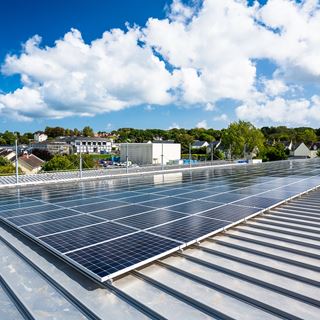

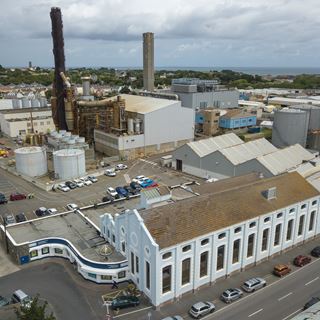
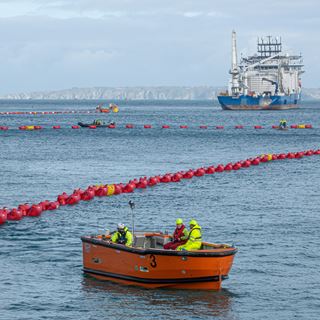
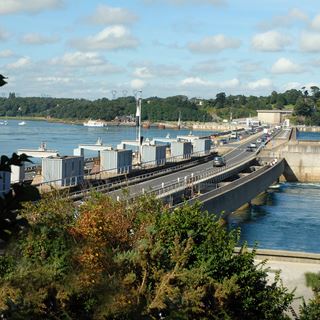
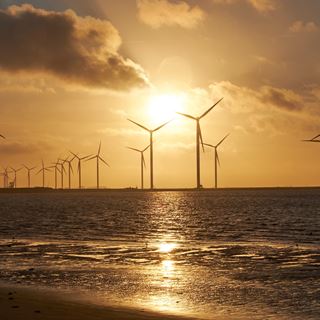
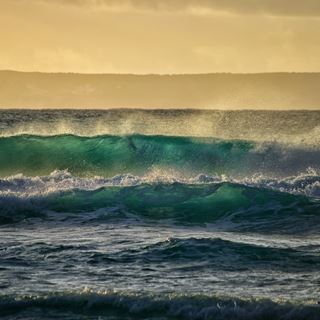
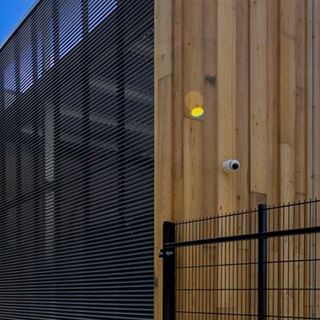
-
Energy analysis & strategy recommendationsUniversity of Exeter in co-operation with the Guernsey Renewable Energy TeamFinal report
-
The Island's Energy PolicyOutlining the vision for Guernsey’s energy future and prioritising opportunities to reduce emissions.Read the States of Guernsey Energy Policy 2020-2050
-
Renewable Energy StrategyA States of Guernsey reportRenewable Energy Strategy 2017 Onwards
-
Energy demand forecastA report commissioned to forecast energy demand on the Island of Guernsey out to 2050.Energy Demand Forecast
-
Offshore WindA study that investigated renewable energy development in Guernsey, focusing on offshore wind and tidal energyOffshore Wind Preliminary Feasibility Report
-
Offshore wind and tidal energy in GuernseyAn Exeter University study that investigated public acceptability of renewable energy development in Guernsey, focusing on offshore wind and tidal energySummary Report
-
Powering the FutureDocument outlining the options and decisions required to meet the islands growing demandPowering the Future








